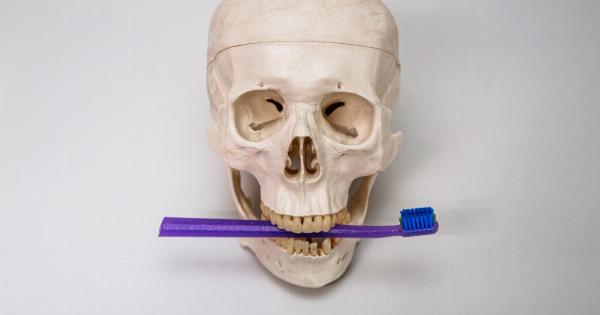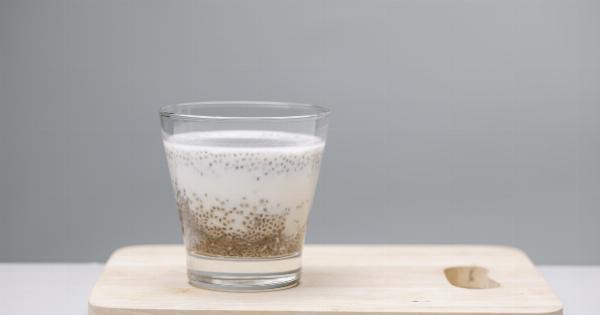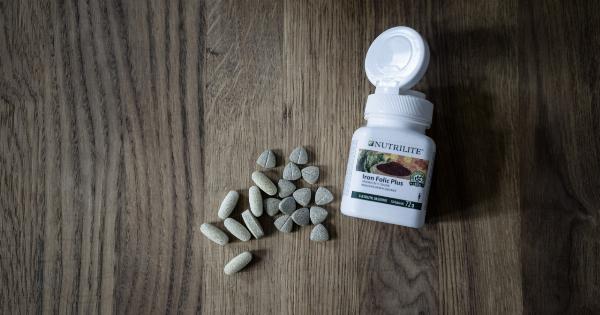The parathyroid glands are small, pea-sized glands located in the neck, behind the thyroid gland.
Despite their small size, these glands play a crucial role in maintaining the body’s calcium and phosphorus levels, which are essential for various bodily functions. In this article, we will explore the functions of the parathyroid glands, common disorders associated with them, and the importance of maintaining their health.
What Do the Parathyroid Glands Do?
The primary function of the parathyroid glands is to produce parathyroid hormone (PTH), which helps regulate the levels of calcium and phosphorus in the body.
These minerals are vital for healthy nerve function, strong bones, and proper muscle contractions.
Regulating Calcium Levels
One of the main roles of the parathyroid glands is to ensure that the calcium levels in the blood remain within a narrow range.
When calcium levels drop, the parathyroid glands release PTH, which stimulates the release of calcium from the bones into the bloodstream. This helps restore normal calcium levels. Additionally, PTH increases the absorption of calcium from the intestines and reduces the amount of calcium excreted by the kidneys.
The Importance of Phosphorus
While calcium often takes the spotlight, phosphorus is equally important, and the parathyroid glands help maintain its levels as well. PTH acts on the kidneys to increase phosphorus excretion, preventing phosphorus levels from becoming too high.
By ensuring a balance between calcium and phosphorus, the parathyroid glands play a crucial role in various bodily processes.
Common Disorders of the Parathyroid Glands
When the parathyroid glands malfunction, it can lead to several disorders, including:.
1. Hyperparathyroidism
Hyperparathyroidism occurs when one or more of the parathyroid glands produce an excessive amount of PTH.
This condition results in increased calcium levels in the blood, which can lead to the formation of kidney stones, bone pain, and weakened bones prone to fractures.
2. Hypoparathyroidism
Hypoparathyroidism is characterized by insufficient PTH production. Low levels of PTH cause a decrease in calcium levels in the blood, leading to symptoms such as muscle cramps, tingling sensations, and weakened tooth enamel.
3. Parathyroid Adenoma
A parathyroid adenoma is a benign tumor that forms on one of the parathyroid glands, causing it to produce excessive PTH. This condition results in similar symptoms as hyperparathyroidism, such as high calcium levels and weakened bones.
Diagnosing and Treating Parathyroid Disorders
If you experience symptoms associated with parathyroid disorders, your healthcare provider may recommend several tests, including blood tests to measure calcium and PTH levels.
Imaging tests like ultrasounds or technetium sestamibi scans may also be used to identify abnormal growths or tumors on the parathyroid glands.
Treatment for parathyroid disorders depends on the specific condition. In cases of hyperparathyroidism or parathyroid adenomas, surgical removal of the affected gland(s) may be necessary.
Hypoparathyroidism, on the other hand, may require calcium and vitamin D supplementation to restore normal calcium levels.
Keeping Your Parathyroid Glands Healthy
Maintaining the health of your parathyroid glands is important to prevent any disorders or complications. Here are some tips to keep your parathyroid glands in good shape:.
1. Adequate Calcium and Vitamin D Intake
Ensure you consume an adequate amount of calcium-rich foods like dairy products, leafy green vegetables, and fortified cereals.
Additionally, getting enough vitamin D, either through sunlight exposure or supplements, is crucial for proper calcium absorption.
2. Regular Exercise
Engaging in weight-bearing exercises, such as walking or weightlifting, helps strengthen bones and maintain overall bone health.
3. Avoid Smoking and Excessive Alcohol Consumption
Both smoking and excessive alcohol consumption have been linked to decreased bone density and an increased risk of bone fractures. Limiting or avoiding these habits can help protect your overall bone health, including the parathyroid glands.
Conclusion
The parathyroid glands may be small, but their impact on our health is significant. By producing parathyroid hormone, these glands help regulate calcium and phosphorus levels, which are essential for various bodily functions.
Understanding the importance of the parathyroid glands, recognizing common disorders associated with them, and adopting healthy habits can help ensure their proper function and overall well-being.






























